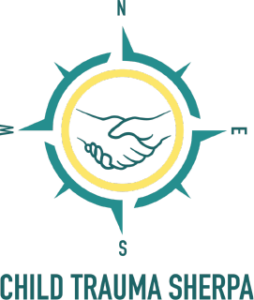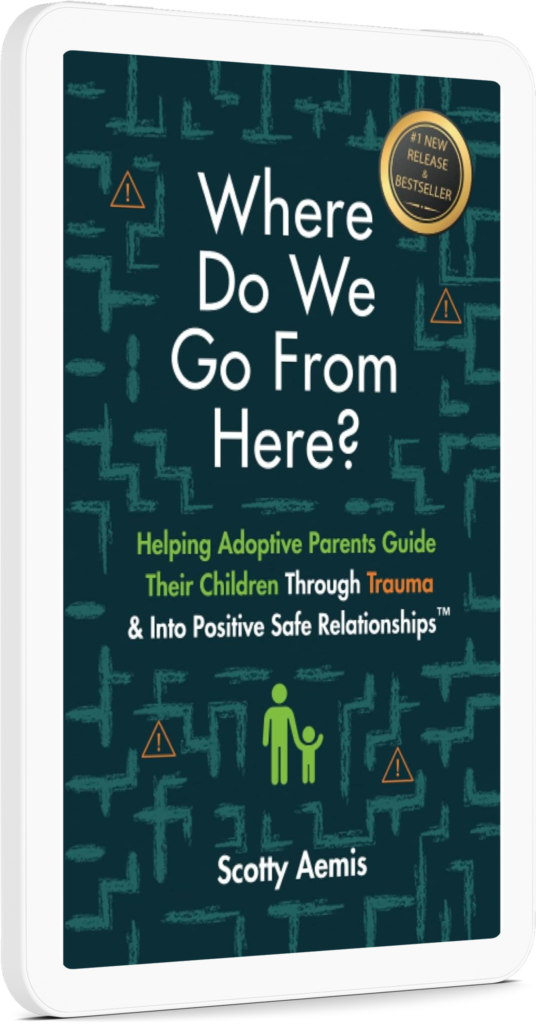Plus, the Signs of and How to Heal from Childhood Trauma
The journey of healing from childhood trauma is long, challenging, and emotional. But moving forward is possible. Those who have suffered from childhood trauma all have a different story, and their healing journey will be unique to their own experiences. However, there are some general stages that most people typically experience.
What is Childhood Trauma?
Childhood trauma is the experience of a traumatic event or events during childhood and is also known as adverse childhood experiences (ACEs). These adverse experiences can include neglect, physical abuse and/or domestic violence, sexual abuse, loss or incarceration of a family member, and other traumatic experiences.
Trauma may occur once or several times during childhood. The more types of ACEs one experiences, and the more often it happens, the more complex the trauma is. Trauma often involves broken trust in relationships, particularly between the child and the caregiver/parent.
Not every person reacts the same way to similar traumatic events. In fact, siblings who experience the same traumatic event may develop very different effects from that trauma. One sibling may develop long-term stress, while the other may have long-term health impacts. However, what studies have found is that trauma does impact how the brain functions. That is why the reactions or outbursts of those who’ve experienced trauma may seem odd or an overreaction to those who have not experienced trauma.
What are the Signs of Childhood Trauma?
There are many different symptoms of childhood trauma. How trauma manifests itself often also depends on our current life stage. Young children and teens will have different signs or symptoms of childhood trauma. However, some of the most typical signs of childhood trauma include:
- Fear of other people
- Inability to form healthy relationships or forming unhealthy relationships
- Difficulty sleeping or frequent nightmares
- Changes in mood
- Being withdrawn or angry and aggressive
- Difficulty showing affection toward family/friends
- Avoiding situations or events that relate to a traumatic experience
- Difficulty learning in school
- Participation in risky behaviors such as drug use
How to Heal from Childhood Trauma
The healing journey from childhood trauma will be different for everyone. While trauma does change the brain, it is possible to heal from it! Our brains are continuing to grow and change up until the age of 25. While younger people may be more resilient because of this fact, it is still possible to heal from trauma even after the age of 25.
The foundation of any healing journey is focusing on Positive Safe Relationships (PSR). This method focuses on building trust and safety, creating a nurturing environment, and helping guide the person with trauma on their healing journey.
There are 7 key touchpoints in a child’s life where caregivers and parents can create margins of safety for a child with trauma that maintains a consistently high PSR score. Learn more about the 7 points of healing.
Beyond that, it is also important to work with a licensed counselor who specializes in childhood trauma. This will help the person with trauma gain tools for healing. Another intervention is brain-based neuroscience therapy, which helps create positive environments for growth and healing.
The Stages of Trauma Recovery
While stages of trauma recovery vary from person to person, they do typically include:
- Shock and disbelief – immediately after the traumatic experience; includes feelings of shock or numbness.
- Emotional upheaval – as the shock wears off, you may begin to feel intense emotions such as anger, sadness, or fear.
- Understanding and acceptance – with time and support, you can begin to understand and accept what happened.
- Healing – this stage involves coping with and managing symptoms through therapy, support groups, and other treatments.
- Growth and renewal – during this stage, you will begin to experience personal growth as you heal, giving you a sense of renewal and long-term recovery.
Start the Healing Journey Today
Whether you are a caregiver for a child with trauma or an adult trying to heal from your own trauma, hope and help are out there! At Child Trauma Sherpa, we strive to provide guidance and resources to those dealing with trauma. Begin your healing journey today.


